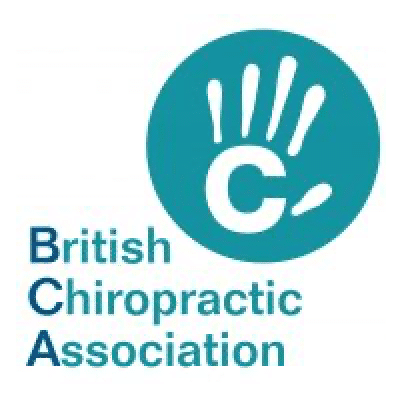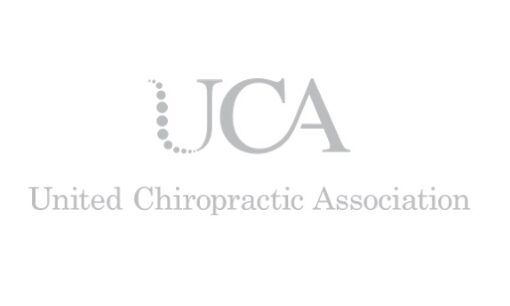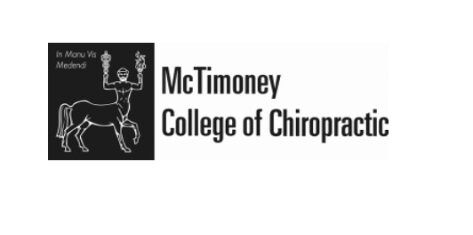Staying Active as the Days Get Shorter & Colder
September hosts National Fitness Day, a campaign which highlights the importance of exercise and leading a more active, healthier lifestyle. We all know that we should be doing regular exercise, however, it can be so difficult to fit into our busy lifestyles, especially at this time of year as the days draw in. As summer comes to an end and autumn rolls in, many people find it more difficult to achieve their daily activities.
We all know exercise is great for our strength, fitness, flexibility and more… But what specific health benefits does it have?
- It lowers you blood pressure, improves heart health and reduces risk of many other cardiovascular diseases
- Helps with weight management, reduces unwanted body fat, increases lean muscle mass and improves insulin sensitivity which is beneficial for our metabolic health
- Improved bone health and reduced risk of and progression of osteoporosis
- Overall reduced systemic inflammation which reduces risk of many chronic diseases and chronic pain
- Improved sleep, lower stress levels, improved mood and increased energy levels
- It improves your overall ability to carry out your daily activities and increases longevity
Whether you are a devoted athlete or more of a leisurely participant, getting your exercise in during the colder months can be hard. So, on the theme of National Fitness Day, I want to help you to make sure that you feel confident in staying active all year round.
Why is it harder to exercise and stay “on track” in winter?
This is obvious – it’s cold, wet, dark and miserable.
But it is actually very normal to feel a little lower in energy during the autumn and winter. The body operates on 24-hour cycles called circadian rhythms. These cycles control many aspects of your body’s function. Including sleep, heart rate, hunger and more. The changes in light levels can throw these cycles off.
A major system in the body controlled by your circadian rhythm is melatonin production. Melatonin is a hormone which makes you drowsy and ready to fall asleep. It responds to light exposure as its production is halted during daylight hours and is only produced at nightfall. Unfortunately, as nightfall becomes earlier and earlier, our day to day lives carry on as normal, while our bodies are willing us to get ready for bed sooner.
Feeling sluggish can also cause us to skip some of our other healthy practices like better food choices, exercise and socialising. This can further reduce energy levels, making it hard to keep our fitness up.
It’s natural to feel a bit stiffer in cold weather, but our aches and pains can also get worse when the temperature drops for a number of reasons. The tension in some of our postural muscles tends to increase as we brace against the cold. This can then cause muscular pain. Our body also restricts blood flow to our soft tissues and joints, to prioritise our vital organs. This can also cause muscular pain, as well as cramping, tendon issues and joint pain. In addition, the pressure in our joints and muscles increase in the cold weather, which can increase muscle pain, cause joint pain and stiffness and may worsen lots of arthritic pain.
Our pain receptors also become more sensitive in the cold weather, which can worsen current complaints or make us more likely to have pain.
Increased pain may force you to limit your physical activity and other daily activities.
What can you do about it?
Keep up with your healthy habits
If you usually enjoy a lunch time walk, a meditation practice in the morning, or have any kind of routine which makes you feel good, try to keep up with this to avoid falling into the vicious cycle of fatigue.
Stay hydrated
People tend to feel less thirsty in the winter. This is because we are not sweating as much. It is so important to not forget to drink! Dehydration can cause a feeling of constant tiredness and fatigue, and is important for muscle function and performance.
Maintain a healthy sleep cycle
Getting enough sleep will reduce fatigue, so improving your sleep hygiene and sticking to a healthy schedule will help keep a pep in your step during darker days.
Getting out first thing
Getting morning light is a great way to help regulate your energy levels. This is as it kick starts your circadian rhythm, ensuring you feel alert during the day and start to feel sleepy at the right times later on. This can be a great time to fit in your exercise as getting out early will save time and keep you feeling energised later on in the day.
Mix up your activity
Changing the type of exercise you do over the colder months is a good way to keep it interesting. You could try something new or take up an old hobby. It may also be helpful to adapt your activity to make it more enjoyable during these challenging times. This might include doing more exercise indoors rather than outdoors to avoid the elements. This will increase your motivation and will make it easier to maintain your fitness or stay on track with your goals.
Group exercise to stay safe and accountable
If you do decide to get out and embrace the darker days and colder weather, make sure you stay safe! Going out with friends or finding a local group to exercise with will help ensure that you stay safe, but it is also a great way to stay accountable and make these sessions much more enjoyable. So reach out, rope your friend into it or find a group!
7. Clothing
In the words of guidebook writer and illustrator Alfred Wainwright: “There is no such thing as bad weather, only unsuitable clothing”. So, where possible, invest in some good quality winter wear which you are comfortable in. Layer up so that you can add and remove layers easily. Wearing effective reflective clothing and wearable lights such as a good head torch will help you to stay safe. Decent winter clothing can make exercising outdoors much more enjoyable. It’s also a great excuse to buy some new flashy gear to give yourself the motivation to get those sessions in.
8. Take vitamin D
Vitamin D either comes from our diet or through sunlight exposure. However, during the darker months, there is much less sunshine and we tend to have little to no skin exposed to catch any rays. Because of this, it is much less likely that you will be able to get enough vitamin D from sunlight.
Vitamin D is important for bone and muscle health, your immune system and regulating inflammation. A deficiency can cause fatigue, bone pain, joint pain, muscle spasm and low bone density.
To get all of the vitamin D you need, a supplement may be necessary. It is best taken sublingually, that is, under the tongue, rather than swallowed. And look for a good quality vitamin D3 supplement which also contains vitamin K2 for optimum absorption and benefit. At Tivoli, we recommend the wellbeing hub sublingual vitamin D3 supplement, and you can get it from us right here in the clinic.
Be kind to yourself
Remember, you don’t need to be at peak fitness all year round. It’s ok to slow down slightly in the autumn and winter, as long as you keep moving! It is meant to be enjoyable! Staying active consistently in the long run will benefit you much more than forcing yourself to do loads when you are not enjoying it, and stopping altogether.
Book in to see your chiropractor
Staying active is a great way to look after yourself. But taking care of your body spans much further than just exercise. If you find that your aches and pains worsen during the winter, or are stopping you from being able to upkeep your fitness, book in to see your chiropractor. We can help with all of this, and more. Our aim this National Fitness Day is to optimise your function, help you to reach your goals and keep you active for many years to come, all year round.
Get in touch, or speak to your practitioner, if you would like further support with maintaining a healthy lifestyle. Email me on lottie@tivolichiropractic.co.uk if you have any further queries.

























